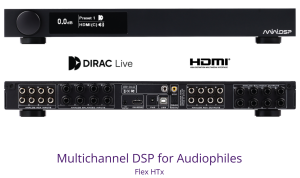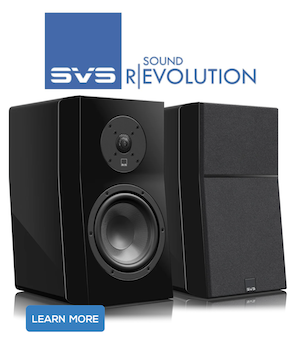ddude003
Senior AV Addict
More
- Preamp, Processor or Receiver
- PrimaLuna Dialogue Premium TubePre (2 channel+sub)
- Main Amp
- McIntosh MC152 SS Amp (2 channel)
- Additional Amp
- Yamaha RX-A850 Pro (the other 5 channels lol)
- DAC
- Chord Electronics Ltd. Qutest
- Computer Audio
- MacBook Pro, Custom i7 7700k De-lid 2xAsus1080ti GFX, Audirvana Studio, Hang Loose Convolver+FIR, Tone Projects Michelangelo, Pulsar Massive & 8200, LiquidSonics, SoX with Million Tap mod
- Universal / Blu-ray / CD Player
- Sony UBP-X700 /M Ultra HD 4K HDR & PS5
- Streaming Equipment
- Netgear Nighthawk S8000 Streaming Switch
Lumin U1 Mini Streamer Transport
- Streaming Subscriptions
- QoBuz Studio Premier, Amazon Prime & Netflix
- Front Speakers
- Martin Logan ElectroMotion ESL
- Center Channel Speaker
- Martin Logan Motion C2
- Surround Speakers
- Martin Logan Motion 4
- Surround Back Speakers
- Martin Logan Motion 4 (yes, another set of these)
- Subwoofers
- SVS SB-1000 Pro
- Screen
- Elite Screens Aeon CLR3 0.8 Gain 103-inch
- Video Display Device
- Samsung The Premiere LSP7T UST Laser Projector
- Remote Control
- PrimaLuna, Lumin iApp, Samsung & Yamaha
- Other Equipment
- Cifte 12AU7 NOS & Genalex Gold Lion Tubes in Pre
ThrowRug, SaddleBlankets, WideBand & Bass Traps...
Ace, I just remembered that there is a Room Sim function in REW that you might use to model your room and speaker placement...
There is also https://amcoustics.com/tools/amroc which does pretty much the same thing only maybe a little more colorful...
SBIR info... http://arqen.com/acoustics-101/speaker-placement-boundary-interference/
There is also https://amcoustics.com/tools/amroc which does pretty much the same thing only maybe a little more colorful...
SBIR info... http://arqen.com/acoustics-101/speaker-placement-boundary-interference/














